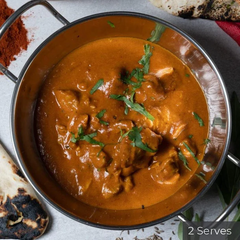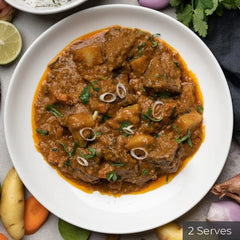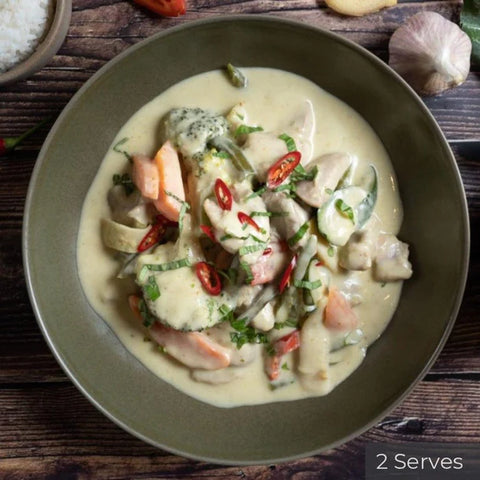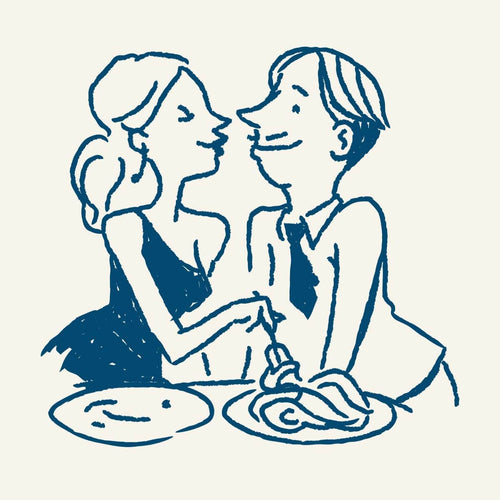We love our curries because they represent everything we believe in, when it comes to food. They are generous, full of flavour, and perfect to share with families and friends, and who doesn't like washing up a saucy plate with a fresh Naan. Curries are found in most Asian cuisines, but it is interesting to understand where they are coming from.
The origins of curry
Curry originated in the Indian subcontinent. The word comes from the Indian Tamil word “Kari” meaning a sauce or soup to be eaten with rice. It consists of a mix of spices of which coriander, turmeric, cumin, and red chilies are almost always a constant.
Curry powder as we know it in the West is a British invention that dates back to the 18th century. In the rest of the world, curries are made from scratch by using these spices whole or grinned along with 1 other for mixtures that vary according to regional traditions.
Curries can be divided into “dry” and wet curries, according to the amount of sauce created. Dry curries resemble more spicy stir-fries. In India for example, the spices are usually tempered, meaning roasted or fried in oil before being inserted into the food, whereas in Thailand, they are usually blended together raw before being used.
Already in 2600 BCE suggestions to use a mortar and pestle to pound spices appeared in some documents retrieved from digs in Pakistan. More than 2000 years old. These and other spices such as black pepper, cinnamon, and cardamom were already being traded from Kerala in India as far back as 3000 BCE and arrived in the Middle East before the beginning of the first millennium.
The difference between Indian and Thai curries
As described above, the difference lies in how the spices are used. In Indian cuisine, they are roasted or fried in oil before whereas in Thailand they are blended with the food raw before being cooked. But there is more than that.
Indian curries almost always begin with a garlic-ginger paste made of pounding the 2 fresh ingredients and frying them in oil before adding other vegetables and fried or roasted spices. It also makes abundant use of “curry” leaves, from the fragrant Murraya Koenigii tree that grows in India, which gives Indian curries their distinctive flavor. Fresh coriander is usually added fresh at the conclusion of the dish.

Butter Chicken

Vegan Tikka Masala
Thai curries are usually served with abundant broth, more like a rich soup and include coconut milk as a base, and almost always include kafir lime leaves and lemongrass. The spices are ground raw or roasted with herbs and garlic as a paste, the mixture being sometimes fried before added to the soup. Some curries add ground peanuts in Thailand.
- Green curry, or “kaeng khiao wan”, gets it color from green chillies, lime leaves, lemongrass roots, fresh coriander and basil in the paste. It is considered the spiciest curry.
- Red curry,or “kaeng phet” uses at least two types of red chilies on top of the traditional four basic spices encountered in curries all over the world and the lemon grass.
- Yellow curry “Kaeng kari” is no doubt the one that resembles the most the Indian traditional four-spices curry with the addition of the lemongrass, kafir lime leaves and coconut milk.

Beef Massaman Curry

Thai Green Chicken Curry
Our range of Curries at Délidoor
At Delidoor we let our Thai and Indian chefs create their own authentic curries just for you.
Discover our range of homemade prepared curry ready to be enjoyed at home in our special collection page here.






